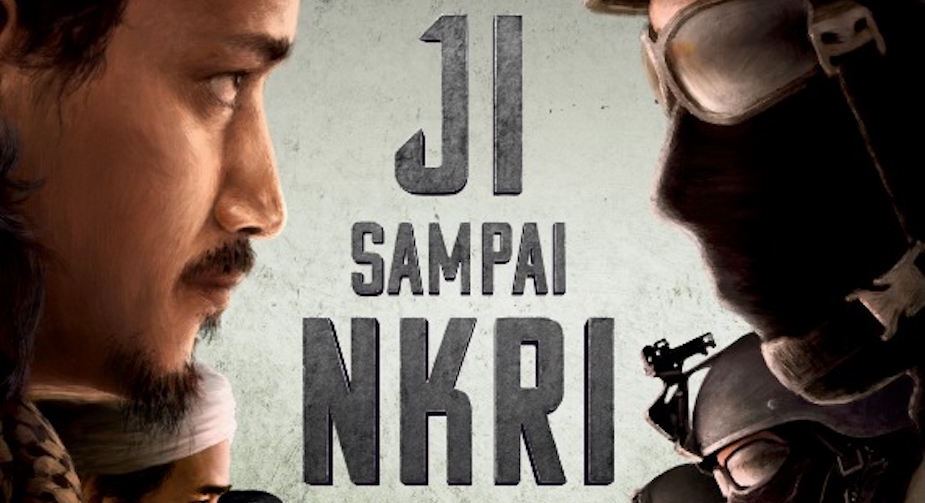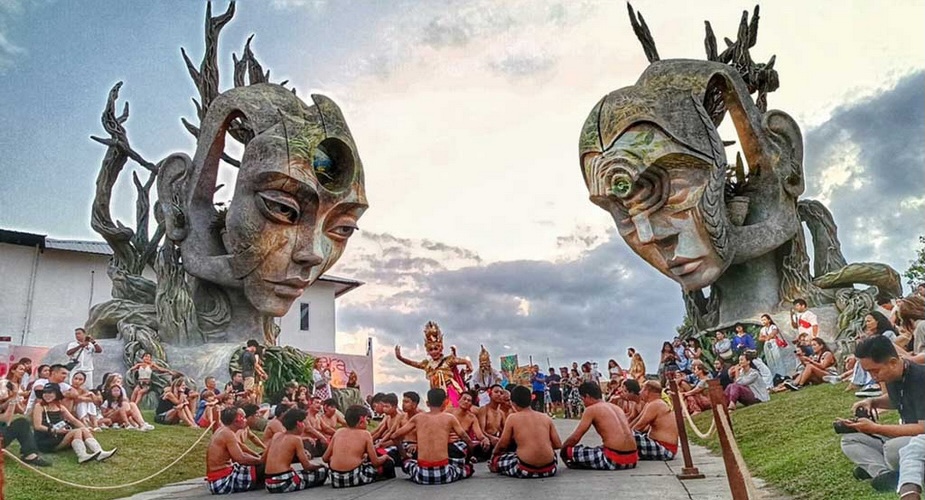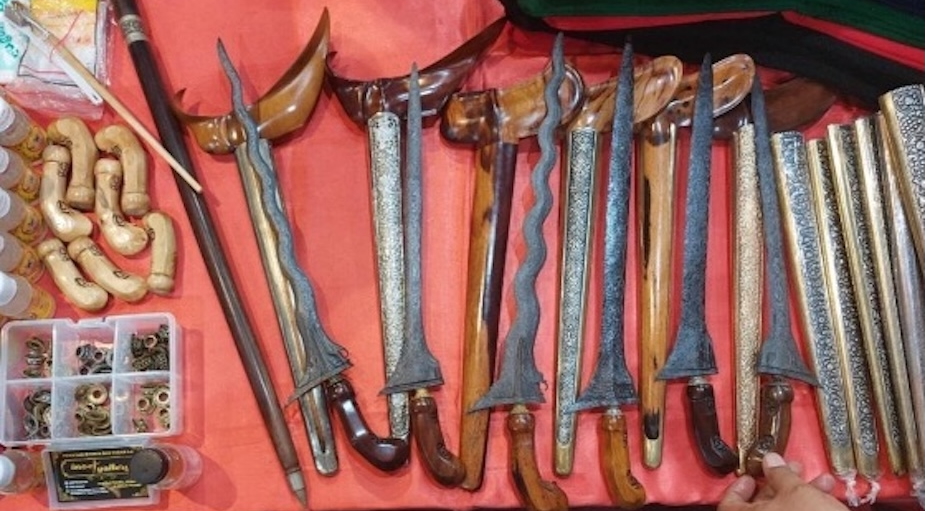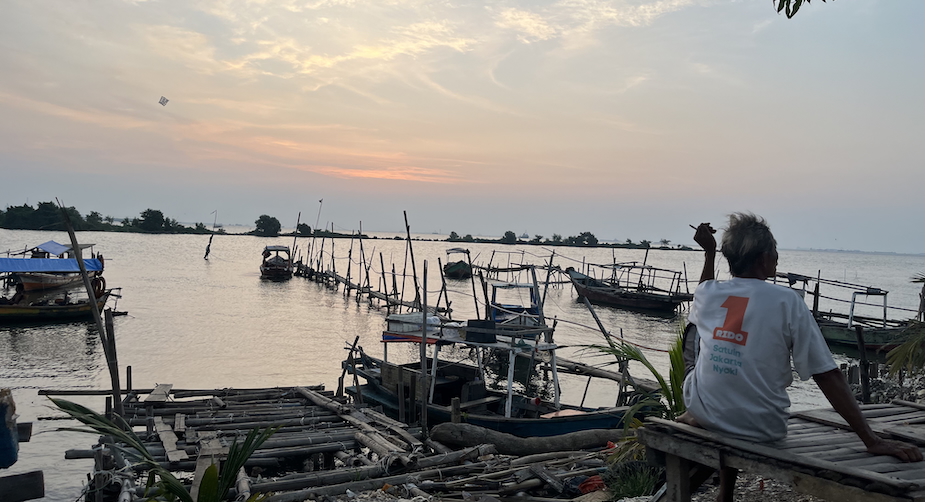Review: Barbara Hatley’s new book documents a career-long study of, and passion for, performance in Central Java
Emma Baulch
Javanese Performances on an Indonesian Stage: Contesting Culture, Embracing Change, is Barbara Hatley’s first book about the performing arts in Indonesia, a topic that piqued her interest while undergoing a masters program at Yale University in the late 1960s. In this sense, it is a landmark study, for Hatley has since become very well known in Indonesianist circles, especially among those with an interest in matters of culture, popular and elite. Until recently, her writings on Indonesian performing arts have only been available in the form of journal articles and book chapters.
Javanese Performances must have felt like a massive undertaking for Hatley. It documents her entire career so far, beginning with the research for her doctorate she undertook in 1977-8 on ketoprak, a performance genre hailing from Yogyakarta’s lower class kampung communities, and ending with scenes in which both ketoprak and modern Indonesian theatre (teater) feature in healing efforts following the 2006 earthquake in Yogyakarta.
The book is set entirely in Yogyakarta, although Hatley occasionally draws in developments in the neighbouring court city, Solo. Her focus is on two forms of performance. Ketoprak features a repertoire of plays (lakon) based on Javanese tales of kingship and governance, heavily improvised, interspersed with comic interludes known as clown scenes, also improvised. Teater emerged in the early twentieth century, drawing on Western theatrical traditions, including strict adherence to scripts.
During the period of Hatley’s research, the worlds of teater and ketoprak draw closer to each other. In the 1970s, WS Rendra’s Bengkel Teater established in one of Yogya’s kampungs, some distance from those areas of the city associated with Western-oriented middle class intellectual and artistic activity. Conversely, the New Order state made attempts to ‘modernise’ ketoprak by bringing it into line with certain Western traditions, such as adherence to a script, often one authored by the state. Teater only began to attract large audiences when it drew on ketoprak’s comic elements. In the 1990s, ketoprak plesedan, pioneered by a new generation of ketoprak practitioners who subversively played with the form, brought ketoprak to teater’s standard constituents: young university students and professionals. Hatley describes these and other examples of the inter-mixing of teater-ketoprak in glorious detail.
As she explains in her introduction, Hatley is at pains to illustrate that the images that consistently crop up in Javanese performing arts are fluid; their meanings are not fixed. There is a ‘shared store of images’, Hatley argues, but their frequent emergence in performance does not evince a shared meaning. More often, they serve as devices to contest the status quo, or at least allow for a multiplicity of interpretations. Her book reveals this shared store of images as the bare bones of locality; a frame for the blood and guts of social and political context. Sometimes, the bodies of ketoprak and teater appear controlled by the dominant forces of her story: social hierarchy linked to the culture of the Yogyakarta court, the New Order state with its strong military, a deregulated economy and the celebration of ethnic identity made possible by the post-New Order state. But more often, performances mediate these forces by presenting them in ways that afford people the opportunity to mull them over and consider their meanings.
A history of ketoprak
One of Hatley’s first tasks in the book is to chronicle the history of ketoprak. This is no mean feat, considering the reluctance of her research participants to discuss with her the development of the form during the 1950s and 1960s. During those decades, many ketoprak troupes were aligned with the Indonesian Communist Party. By the 1970s, a number of actors were tainted by this association, or had been killed for the same reason. This political legacy is not forgotten, even though military sponsors attempted to erase class consciousness by refashioning ketoprak’s address. But among viewers and actors in the 1970s, the notion that ketoprak was the property of the little people, the wong cilik, rather than of a more general floating mass as asserted by the New Order state, endured. Military sponsorship in the 1970s did constrain ketoprak. Certain lakon pertaining to class matters were rarely performed during this period. But the military was not able to exert total control over the form, as becomes clear in the second chapter of the book.
Hatley presents ketoprak as a highly syncretic form, with improvisation at its heart. For the most part, actors ‘dutifully incorporated propaganda messages… and listened silently to lectures on aspects of theatrical production they had been practising routinely for decades’. But ketoprak hits the very limits of its syncretism when it comes to accommodating all that the New Order state required of it. There is only so much modernising that practitioners can bear. In a 1978 seminar for actors, the Department of Education and Culture suggested a reworking of the Roro Mendut role so that a soldier, Wiroguno, appeared as virtuous and fit, rather than as a mean old man. But in the time set aside for participants’ comments, several actors spoke out against the suggested reworking. They described it as an unacceptable reshaping of the lakon, and as potentially disruptive of cultural continuity.
Politics in performance
Politics is of great interest to Hatley. She has an acute political sensibility and her analysis is sophisticated. The first three chapters of the book are dedicated to discussion of the politics of ketoprak in the 1970s. In the fourth chapter, Hatley turns to her second example, teater. This chapter treads an epic journey beginning with the establishment of Bengkel Teater in Yogya in the early 1970s, and ending with the performance of a play, Lautan Jilbab (A Sea of Veils), by the Muslim intellectual, Emha Ainun Nadjib, in 1988.
The picture Hatley paints of teater’s beginnings in Yogyakarta in the early New Order period is striking for its contrast with her depiction of ketoprak at this time. From Hatley’s descriptions, I get a sense of ketoprak troupes coping as best they can with military sponsorship and attendant modernisation of their form. But teater proponents such as Rendra experienced this early New Order period as a time of liberation from party politics, a time of free expression. Indeed, one of Hatley’s central points here is that teater was independent of military control, and therefore not as constrained as ketoprak in its story tellings. Political control over teater seems to have been exerted, rather, through periodic bannings, such as of Rendra’s public performances in 1978.
One of Hatley’s central points is that teater was independent of military control under the New Order, and therefore not as constrained as ketoprak in its story tellings
In the latter part of the Javanese Performances, the figure of Bondan Nusantara emerges strongly as representative of a number of children of politically disgraced ketoprak stars who began to play important roles in modernisation and commercialisation of the form in the 1990s. Nusantara’s mother, a star actress with the Communist Party-aligned Krido Mardi troupe, was imprisoned in 1965. Nusantara was among a number of children of ketoprak stars politically tainted in this way, who had spent their early youth with travelling ketoprak groups, then returned to Yogyakarta and became aligned with one of the large, military -sponsored groups.
Bondan Nusantara pioneered a form called ketoprak plesedan, which stressed ketoprak’s comic proclivities and brought the form to new audiences, particularly middle class youth. Hatley forms her discussion of performance in Yogya in the early-1990s around this phenomenon, and its antecedent, known as ketoprak kolossal. Through her descriptions of these new uses of ketoprak, a new political context emerges: one in which the New Order regime now espouses political openness and is more open to foreign investors. A hive of private sponsors emerge, malls begin to populate the Yogyakarta cityscape and the tourism industry grows. Amateur, neighbourhood troupes give way to professional collaborations with teater practitioners, and neighbourhood performances give way to colossal ones. Hatley remains optimistic about these developments. She is hesitant to interpret them as instances of the dispossession of the ‘little people’, as do some critical teater practitioners. Perhaps it is their tastes that have changed, she surmises, noting with curiosity the irony of the close involvement of the children of Communist Party-aligned actors in ketoprak’s later commercialisation: ‘[T]hese figures, Bondan, Nano and Marwoto, intimately connected through family background and personal experience with ketoprak’s populist-socialist past and underclass identity, now took leading roles in its artistic and social transformation. They engaged confidently with the worlds of bureaucracy, big business, journalism and popular media.’
A backstage view
Hatley moves with ease from national and regional-level politics to the micro worlds behind the scenes of performance. In this respect, the task of teasing out the broader social and political meanings of Javanese performances, a task she has devoted her career to, suits her very well. Somehow, by inviting the reader to become intimate with the various troupes and their oeuvres, Hatley introduces us to the political goings-on at a national level. Her ability to bring Javanese performances onto an Indonesian stage is enviable. Much of her book discusses serious matters of the failures and successes of governance but, like ketoprak, Hatley allows herself many comic interludes. The book is utterly devoid of pomposity; Hatley adopts a voice that is not only modest, but lugu, a quality denoting critical simplicity she attributes to the clowns of ketoprak. She invites us to have a laugh with her about the research process.
One of the great highlights of this book is Hatley’s scene descriptions. They sparkle with enthusiasm and convey her great respect and fondness for the people she writes about. They are also telling of her very visceral experience of this aspect of her research. Consider this gem:
The compere… calls on stage a girl in a black singlet top, pants, boots and cap, who turns out to be the boldest performer of all. Bent almost double, she thrusts her vigorously gyrating bottom towards one section of the crowd, and another, and in the faces of the seated musicians, then turns around and does the same action frontwards, to heated shouts from the audience. The head of security for the event, Pak Keamanan, appears. He first instructs the dancers to move, clearing the seated area, then takes the mike and serenades [one of the other performers] as she gyrates. As the girl with the wild bottom movements joins in and they dance together, the atmosphere seems to reach fever pitch. It seems at any minute that the crowd might rush onto the stage. But suddenly, at about 12.15 am, an announcement states that the event is over. The stage lights go out and the big crowd immediately disperses into the night.
Although visceral, much of Hatley’s writing about her experiences as a viewer seems written from the perspective of a lone spectator. The main focus of Hatley’s book is indeed backstage; she often cites the perspectives and thoughts of actors and directors. Her analysis of ketoprak does include some allusions to the different ways female and male audience members respond to certain scenes. But she often uses words such as ‘conjecture’ and ‘arguably’ in interpreting audience responses to performances. In some places, a greater inkling of audience responses would have been useful and interesting. For example, in chapter three, Hatley discusses an East Javanese ketoprak troupe’s reworking of the Arya Penangsang lakon which recounts the struggles for political control following the fall of Demak. The standard interpretation presents a just, refined Central Javanese homeland and coarse, peripheral enemy kingdom. But the East Javanese troupe, Siswo Budoyo, subverted this standard to present a regionalist interpretation. Hatley presents this reworking as an example of ketoprak’s fluidity and in this sense her argument is convincing. But one wonders how audiences in Yogyakarta, Central Java, where the subversive interpretation was performed, responded to such an instance of East Javanese regionalism.
This review has so far favoured Hatley’s discussion of ketoprak, and this is a poor reflection of the actual contents of her book, a great deal of which is devoted to teater. But ketoprak is clearly Hatley’s heartland, her darling. This is understandable, since ketoprak, not teater, was the subject of her doctoral research. As she outlines in her acknowledgments, subsequent research had to be fitted in around a full time teaching job. This explains why ketoprak is lovingly given the book’s first three chapters, where we learn of it slowly. By contrast, a vast stretch of developments in teater are squeezed into her first chapter discussing this form. At this point, chapter four, I began to wish that she had taken us through teater a little more quietly, and been more sparing of her examples.
A third criticism I have of Hatley’s book regards an absence of theory. As mentioned, Hatley masters her context. She writes brilliant scene descriptions and skilfully draws national political developments into local performances. But from time to time, we need to be drawn out of the context, given a chance to digest the enormous political changes that take place in the course of her book, and reminded of the theoretical implications of Hatley’s views about the intertwining of politics and performance. At the commencement of the book, she mentions that she became inspired to study ketoprak after reading James Peacock’s book, Rites of Modernisation, about performances of East Javanese ludruk. But her discussions of performances in Yogyakarta do not engage Peacock’s book at all. Victor Turner, whose theories Hatley’s book would in some regards appear to confirm, is cited, but only in an endnote. Hatley’s concluding chapter is an epilogue, and only provides more context. In her introduction, Hatley does explain how her analysis differs from that of Clifford Geertz, but this reviewer would have welcomed more discussion of how her research compares with some of these other writings on performance. Such engagements would help situate her fabulous descriptions in some broader questions concerning the relationship between ‘performance’ and ‘culture’.
That said, Hatley’s great ability to bring the reader right to the heart of her context should be treasured. This book, I feel, reminds us of the virtues of area studies, something of an endangered discipline, and which demands long stints of immersion in the field site and intimate knowledge of local languages. It is difficult to imagine how Hatley could have mastered Javanese, which she describes as at once ‘respectful and warmly egalitarian’, without spending so much time backstage at ketoprak shows. It is also difficult to imagine how, without her mastery of Javanese, Hatley could have gathered the material needed to support her upbeat image of Javanese people as both avidly political and culturally progressive, as intimated in the subtitle of her book: contesting culture, embracing change. This is an unusual image, but Hatley presents it convincingly, and with great fondness. Due to Hatley’s rare insights, Javanese Performances ought to endure as a classic example of Western scholarship on Java.
Barbara Hatley, Javanese Performances on an Indonesian Stage: Contesting Culture, Embracing Change, Singapore, NUS Press, 2008.
Emma Baulch (ebaulch@gmail.com) is a post doctoral fellow at the ANU, where she is researching the Indonesian pop music industry. She lives in Bali.












